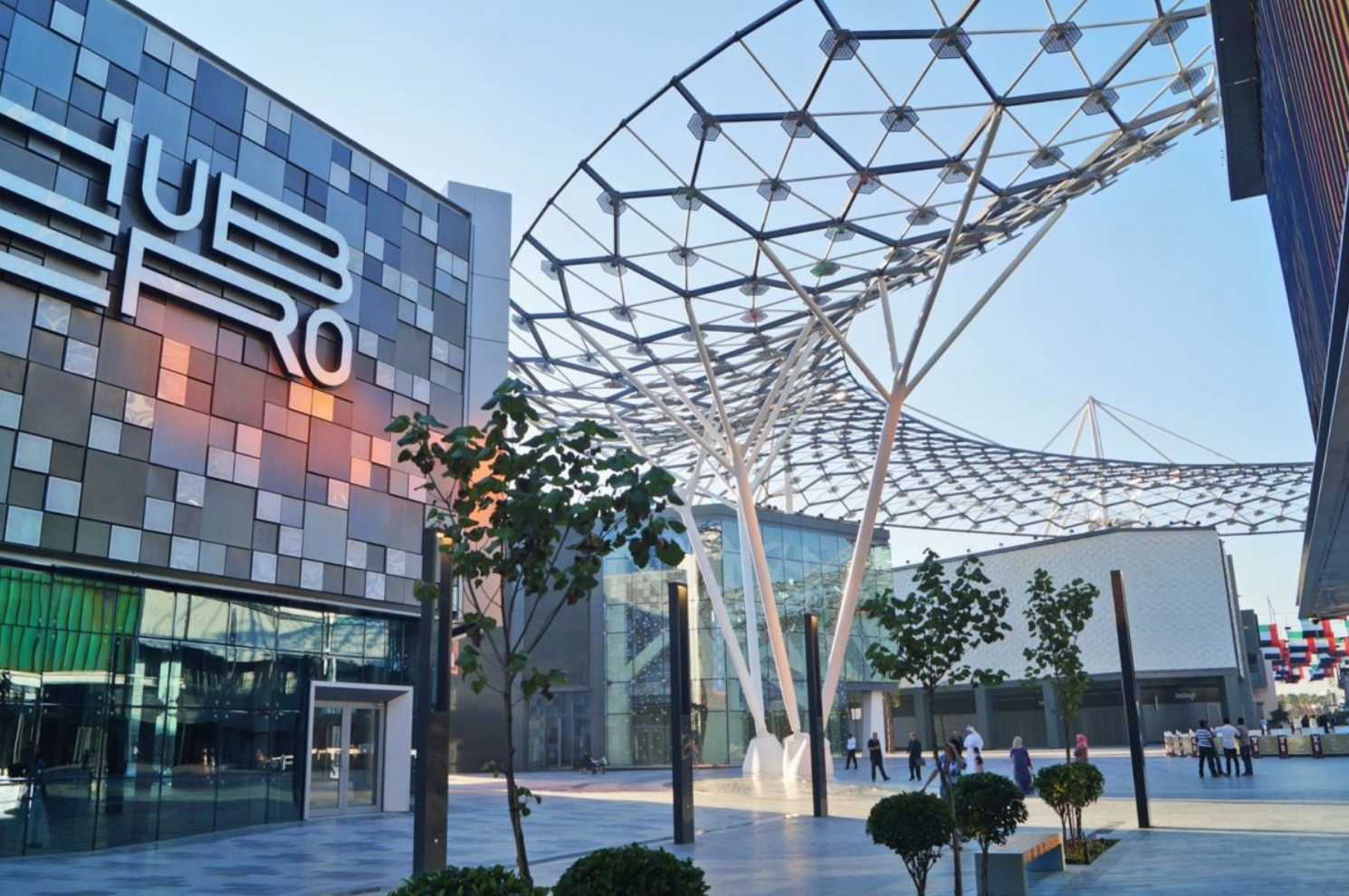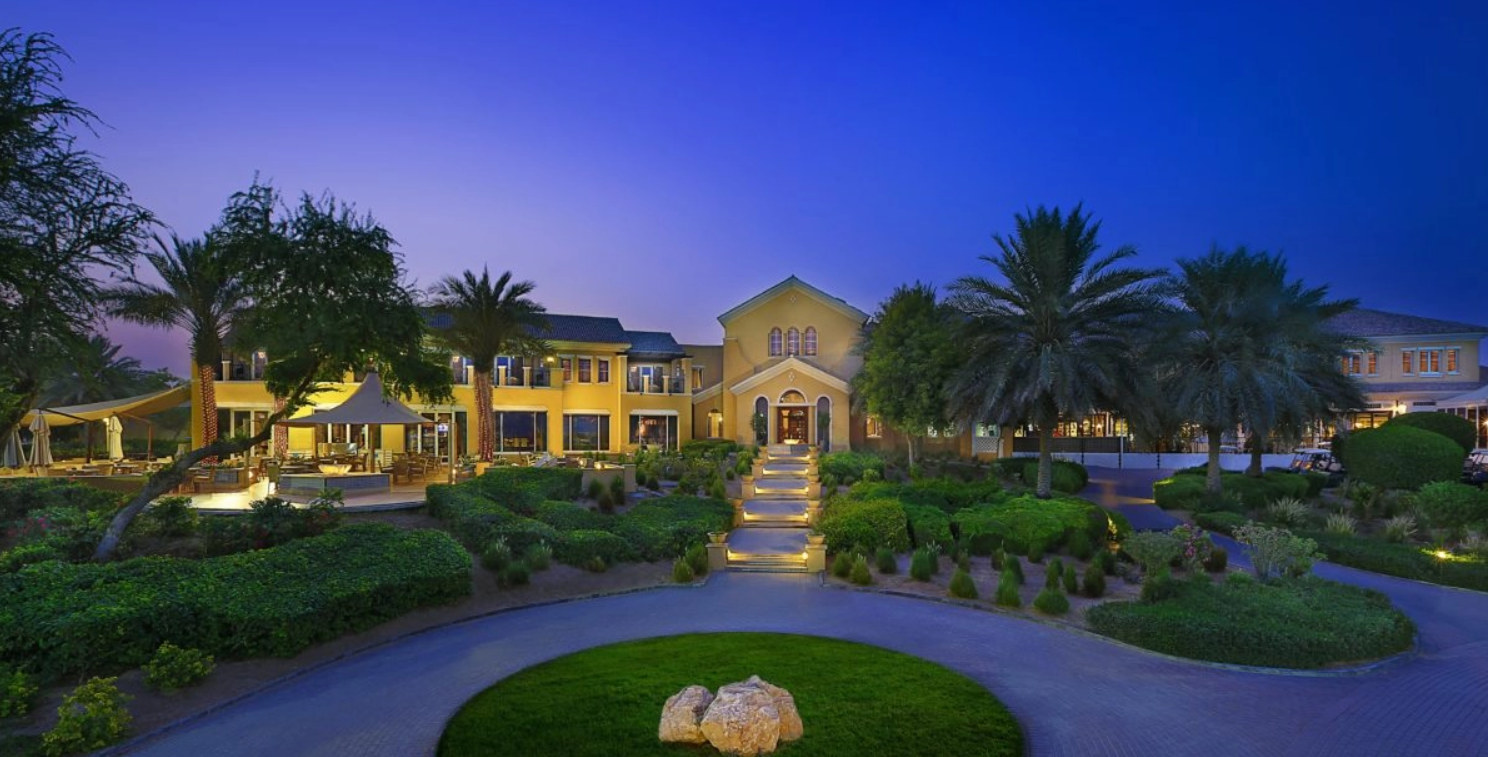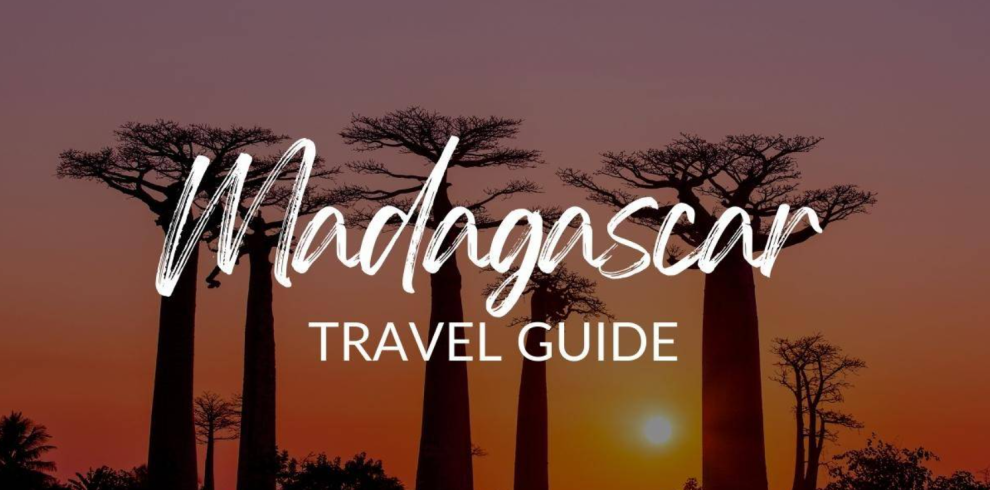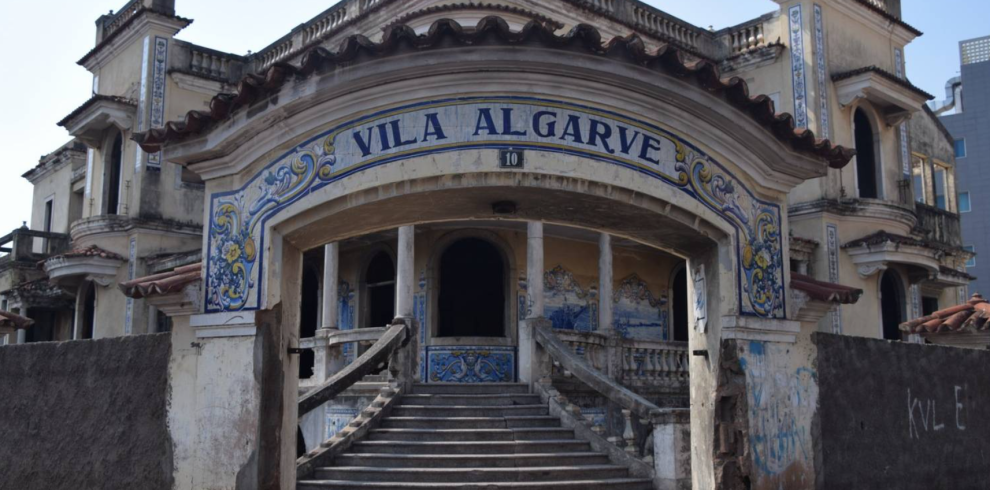If you’ve yet to experience the beauty of Morocco, it’s time to add this destination to your wish list. Visit enchanting kasbahs, stroll through the desert or relax at a rooftop riad for an unbeatable experience. As for exploring the local culinary scene, it doesn’t get any better than feasting on aromatic tagines, couscous and spiced stews with traces of Arabic, Berber, and European influences.
The Highlights

Chefchaouen
As one of the most eye-catching towns in Morocco, the blue washed walls of Chefchaouen make for a charming place to visit on your travels. Tucked away in the northern part of the country, visitors will feel at ease walking through the narrow streets that display a touch of Andalusian and Moorish influences in the architecture.
Asilah
This sleepy beachside town is the go-to destination if you’re searching for a break from the nearby bustling cities of Tangier and Tetouan on the Atlantic Coast. With a strong mix of both Spanish and Moroccan influences and traditions, there are many sights to please the eyes, including colourful street murals, tiled walls and Moorish-style doors.

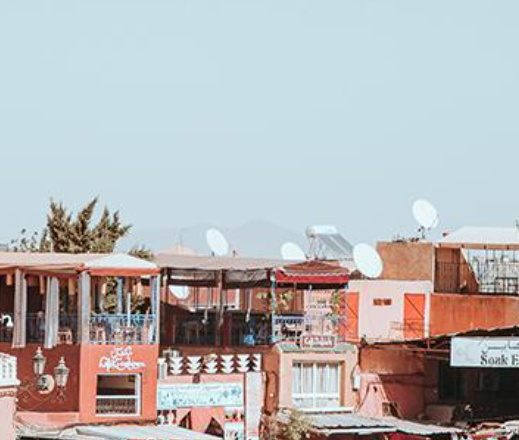
Marrakesh
Navigate your way through the market streets and head to Jemaa el-Fnaa – Marrakesh’s beating heart and brush shoulders with the swarms of locals and tourists jostling for the best street eats. After your first encounter with a shish kebab of mystery meat, you will soon find out why the cuisine in Marrakesh is referred to as “the best in the world,” even if you have no idea what you’re eating.
Ouarzazate
It goes without saying that Morocco is overflowing with beauty, and Ouarzazate is no exception to this rule. You might have spotted the dramatic plateau set against the Atlas Mountains and the desert in Games of Thrones, Gladiator and The Mummy, just to name a few, and it is certainly worth your time to visit this town.
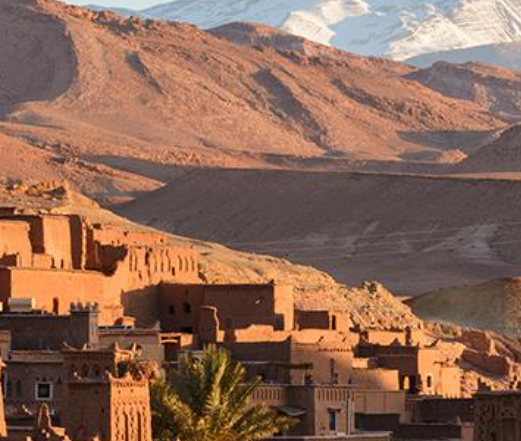
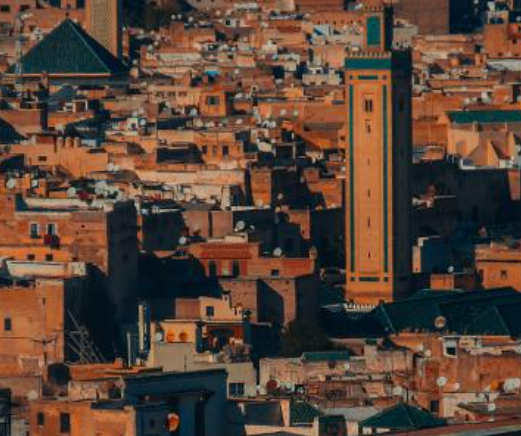
Fes
While Fes might be smaller than Marrakesh, it still shares a similar atmosphere to Marrakesh with many alleyways that twist and weave throughout the medina. Top sights in Fes include the Al-Attarine Madrasa, visit the Chouara Tannery, take photos of the Golden Gates at the Royal Palace and visit one of the oldest universities in the world, the University of Al Karaouine.
Volubilis
Volubilis, are one of the best-preserved Roman Ruins known to mankind and was declared a UNESCO World Heritage site in 1997. Located between Fez and Meknes, you could easily spend hours observing the stunning mosaic tilework, the remnants of old residences and grand marble arches. During the height of summer, it would be best to visit Volubilis early in the day or late in the afternoon.
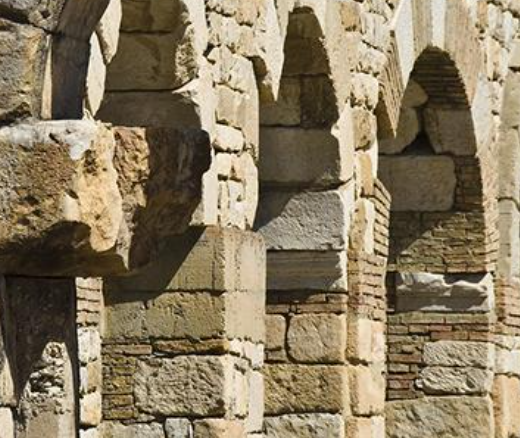
Contact Klub Advisor for personalised travel offers, dates, prices & payment options. Find out the latest travel requirements for your trip. Send your enquiry via the form below. If you’re club member, click on the icon in the right-hand corner and write to WhatsApp to start a discussion.
The Location
Morocco is a North African country, bordering the North Atlantic Ocean and the Mediterranean Sea, between Algeria and the Sahara. From New York, a non-stop flight is 9h 40m, and from London is 3h 30m without a stopover.
Capital City
Rabat is situated on the Atlantic Ocean at the mouth of the river Bou Regreg and is Morocco’s second largest city.
Main Airport
Mohammed V International Airport is the main hub for domestic and international travellers. It is located in Casablanca, 35 km from the town centre. CODE: CMN; CLOSEST CITY: CASABLANCA.
Language Spoken
The official language of Morocco is Moroccan Arabic, Berber and French, however, English is widely spoken across the country.
Currency
Morocco uses the Dirham. The currency code is Dh. It is safe to withdraw money from banks or ATMs while you’re there, however, some ATMs in rural towns may have a low withdrawal limit per person.
Visas
For Australian, Canadian, UK and US citizens do not need a visa for visits of up to 90 days. Visa information can change often and varies from country to country. We recommend checking your country’s travel advisories in advance of booking a trip.
Electricity
The standard voltage is 220 V and the frequency is 50 Hz using two round prongs and is similar to that used in Continental Europe. Electricity is reliable, however, it is suggested that you bring a flashlight if you are travelling up in the High Atlas Mountains.
Vaccinations
Typhoid, Hepatitis A and B are advised however there are no compulsory vaccinations needed for entry to Morocco. Consult your doctor to review your itinerary 6 to 8 weeks before you depart.
Emergency Calls
The phone numbers to call in case of emergency are 19 for the police, 15 for the fire brigade and 15 for the ambulance.
When to Visit
Peak Season
NOVEMBER TO APRIL
They say that Morocco is a year-round destination, however, it is best to avoid travelling during the middle of the year when the temperature skyrockets. Between November and April, this is when visitors are most comfortable travelling across the country and will enjoy comfortable temperatures, however, accommodation over this time will be the highest. Notable festivals and celebrations include Marrakech Biennale in February, the Almond Blossom Festival in March and Jazzablanca in April.
Low Season
MAY TO SEPTEMBER
While many counties find their low season to occur over the cooler months, in Morocco, it is the opposite. As the temperature soars between June to September, accommodation prices take a dive, and visitors are few and far between. It’s worth noting that Ramadan takes place between April to May, which may have an impact on the activities available to enjoy. If you are travelling over the low season, the northern parts of Morocco, including the High Atlas Peaks and the coastline are good places to be.


